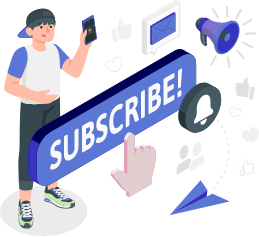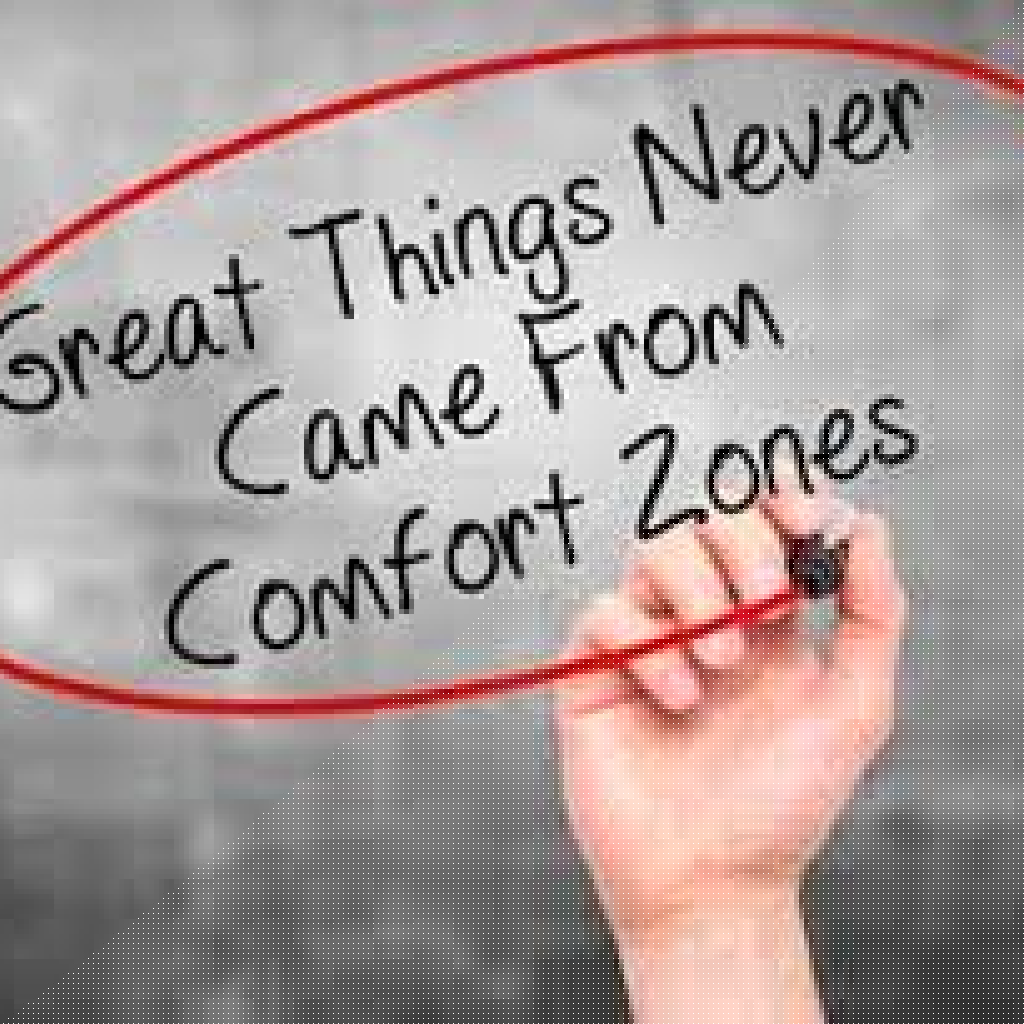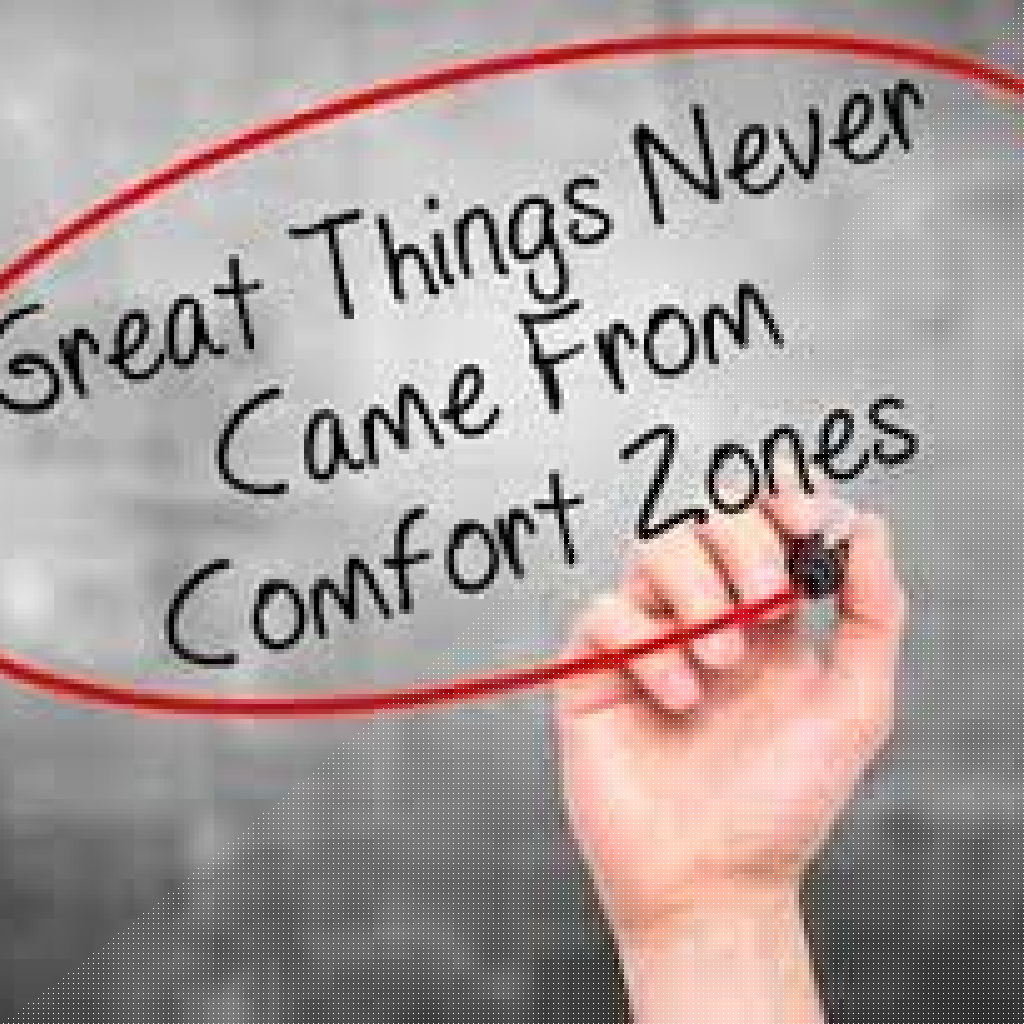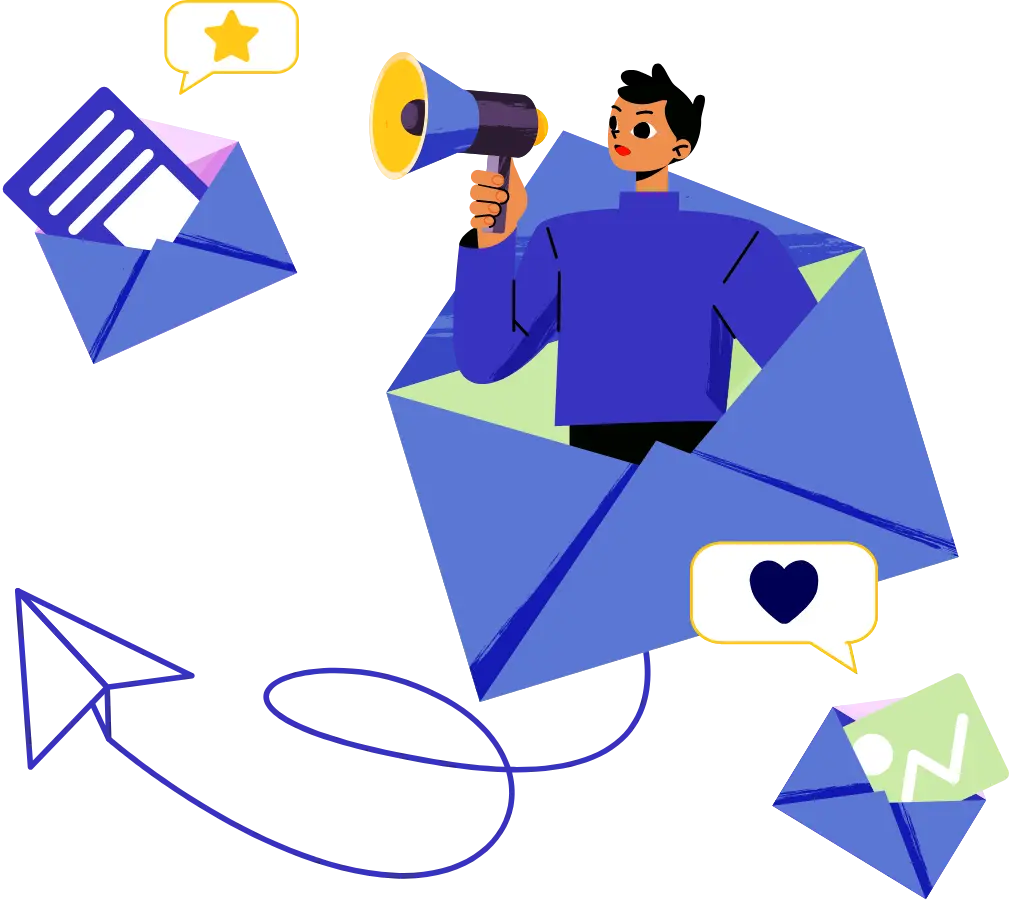Key Takeaways:
- Tailored leadership development aligns with strategic organizational objectives.
- Effective programs blend traditional, digital, and experiential learning for maximum impact.
- Measuring leadership growth post-training is critical for sustainable succession planning.
- Emotional intelligence and adaptability are vital skills for modern leaders.
- Continuous mentoring and assessment foster ongoing leadership excellence.
Employee development programs offer a strategic pathway to enhancing an organization’s leadership bench strength and ensuring a robust succession pipeline. For federal employees and leaders in transition, bolstering adaptive leadership and succession planning competencies is essential to meet the demands of an ever-evolving workplace landscape. This educational guide explores effective methods of leadership development, blending traditional best practices with innovative learning modalities to equip emerging and current leaders for ongoing success.
How to Choose the Right Employee Training Methods for Leadership Development
Selecting the optimal training approach begins with understanding the specific growth needs within your organization. Leadership development must be proactive, aligning training with both present operational requirements and future strategic objectives. With an array of training options available, federal agencies and departments can maximize talent potential by thoughtfully matching development programs to organizational priorities, readiness levels, and anticipated leadership gaps.
What Makes Employee Leadership Development Programs Effective?
Effective employee leadership development programs are distinguished by their capacity to link training outcomes to business goals. This starts with:
- Assessing business needs: Conducting regular evaluations of the organization’s long-term vision and immediate leadership gaps informs the focus of development initiatives.
- Aligning program goals with company objectives: Leadership programs should be crafted to address strategic priorities—whether that’s enhancing team adaptability, cultivating communication excellence, or preparing a new cohort for succession.
By grounding development efforts in genuine organizational needs, program sponsors ensure lasting value and strong leadership pipelines.
Comparing Effective Training Techniques for Leaders: Traditional vs. Modern Approaches
Leadership development today draws from both time-honored and contemporary strategies. Each method offers unique strengths:
- Classroom instruction: Conventional, instructor-led courses provide opportunities for structured learning and peer exchange. These sessions often establish the theoretical underpinnings of leadership fundamentals.
- Digital tools: E-learning modules, virtual seminars, and mobile leadership platforms enable scalable and flexible access to content. Technology allows for ongoing reinforcement and just-in-time learning.
- Transformational leadership exercises: Practical application opportunities, such as scenario-based activities and reflective case studies, challenge participants to adapt and lead through change.
Organizations benefit from thoughtfully combining these techniques, catering to diverse learning preferences and ensuring adaptability across generations of leaders.
Blending Learning Modalities: Integrating On-the-Job Leadership Coaching and Virtual Training Strategies
Blended learning for management harnesses the strengths of both in-person experiences and digital delivery. This cohesive approach ensures leaders receive adaptive, relevant, and immediately applicable training.
- Benefits of blended learning for management roles: The integration of on-the-job leadership coaching with online components allows for real-time feedback, skill application, and self-paced content mastery.
- Case studies: Using remote leadership learning platforms: Many federal agencies have successfully deployed remote platforms that replicate in-person learning, leveraging simulations and peer-to-peer interactions to enable engagement regardless of physical location.
Measuring the Impact of On-the-Job Leadership Coaching
Measuring coaching outcomes involves tracking key performance indicators such as improved team productivity, enhanced communication, and readiness for broader roles. Regular self-assessments, 360-degree feedback tools, and supervisor evaluations can provide real-time insight into coaching effectiveness and highlight areas for continued focus.
Experiential Methods for Leadership Growth: Workshops, Simulations, and Interactive Skill-Building
Experiential learning accelerates leadership maturity by placing leaders in realistic, practice-based scenarios:
- Designing impactful leadership skills workshops: Interactive workshops help participants learn key concepts and develop leadership confidence through role-play and facilitated discussions.
- Utilizing interactive team leadership simulations for practice: Simulations immerse participants in authentic challenges, fostering adaptive decision-making in complex, rapidly changing scenarios.
Leadership Communication Skill-Building Activities
Communication stands at the core of adaptive leadership. Activities such as structured feedback sessions, group presentations, and active listening exercises sharpen a leader’s ability to convey complex messages, diffuse conflict, and inspire teams. These skill-builders can be woven into broader training modules or tailored for intensive development initiatives.
Evaluating and Sustaining Leadership Competencies Post-Training
Ensuring competencies endure beyond the training room is essential for strong succession planning and ongoing organizational performance. Post-training support and regular assessment are crucial.
- Leadership competency assessment tools and their application: Organizations utilize self-assessment surveys, peer feedback, and behavioral checklists to gauge progress across key competencies.
- Executive mentoring for managers: Fostering continuous growth: Pairing emerging leaders with experienced mentors reinforces learning, facilitates knowledge transfer, and helps rising talent overcome new leadership challenges.
Succession Planning Training Modules for Future Leaders
Succession-focused development prepares potential successors for critical roles through exposure to multifaceted tasks and leadership scenarios. Modules often feature job rotations, executive briefings, and project leadership opportunities, ensuring leaders gain well-rounded perspectives and are ready to step into expanded capacities as organizational needs evolve.
Developing Emotional Intelligence and Adaptive Skills in Leaders
Modern leadership calls for more than transactional effectiveness—it requires self-awareness, adaptability, and emotional acumen.
- Techniques for developing emotional intelligence in leaders: Methods such as emotional intelligence assessments, reflective journaling, and facilitated group dialogue provide insight into personal motivations and behavioral responses, key for empathetic and resilient leadership.
- Adaptive leadership training resources to strengthen agility: Resources like strategic problem-solving workshops, stress management courses, and scenario analysis tools help leaders practice flexibility and confident decision-making in uncertainty.
A tailored approach to employee leadership development—combining structured learning, coaching, experiential practice, and ongoing assessment—empowers organizations to cultivate adaptive leaders ready for the challenges of today and tomorrow. By investing in robust development programs, federal agencies ensure a steady pipeline of capable leaders, equipped not only for succession but for innovation in an ever-changing environment.










